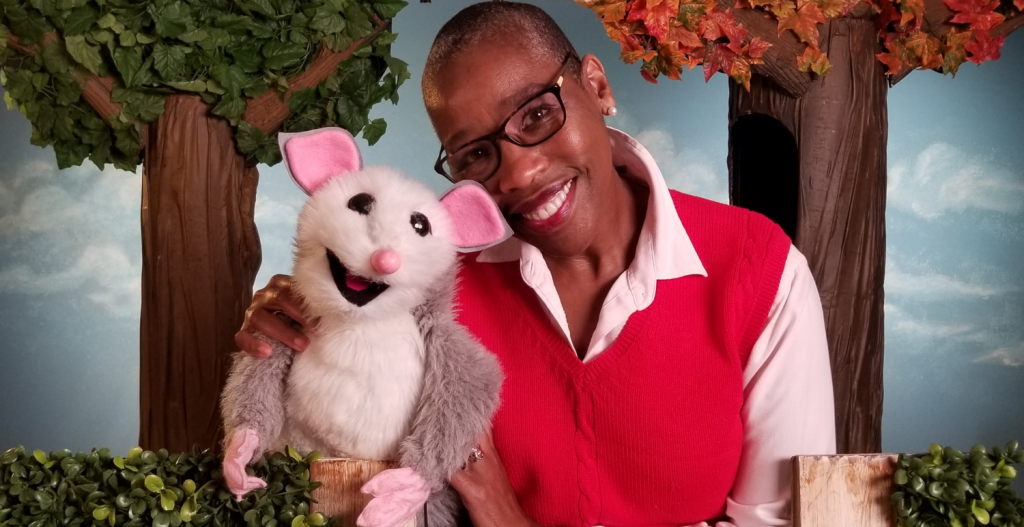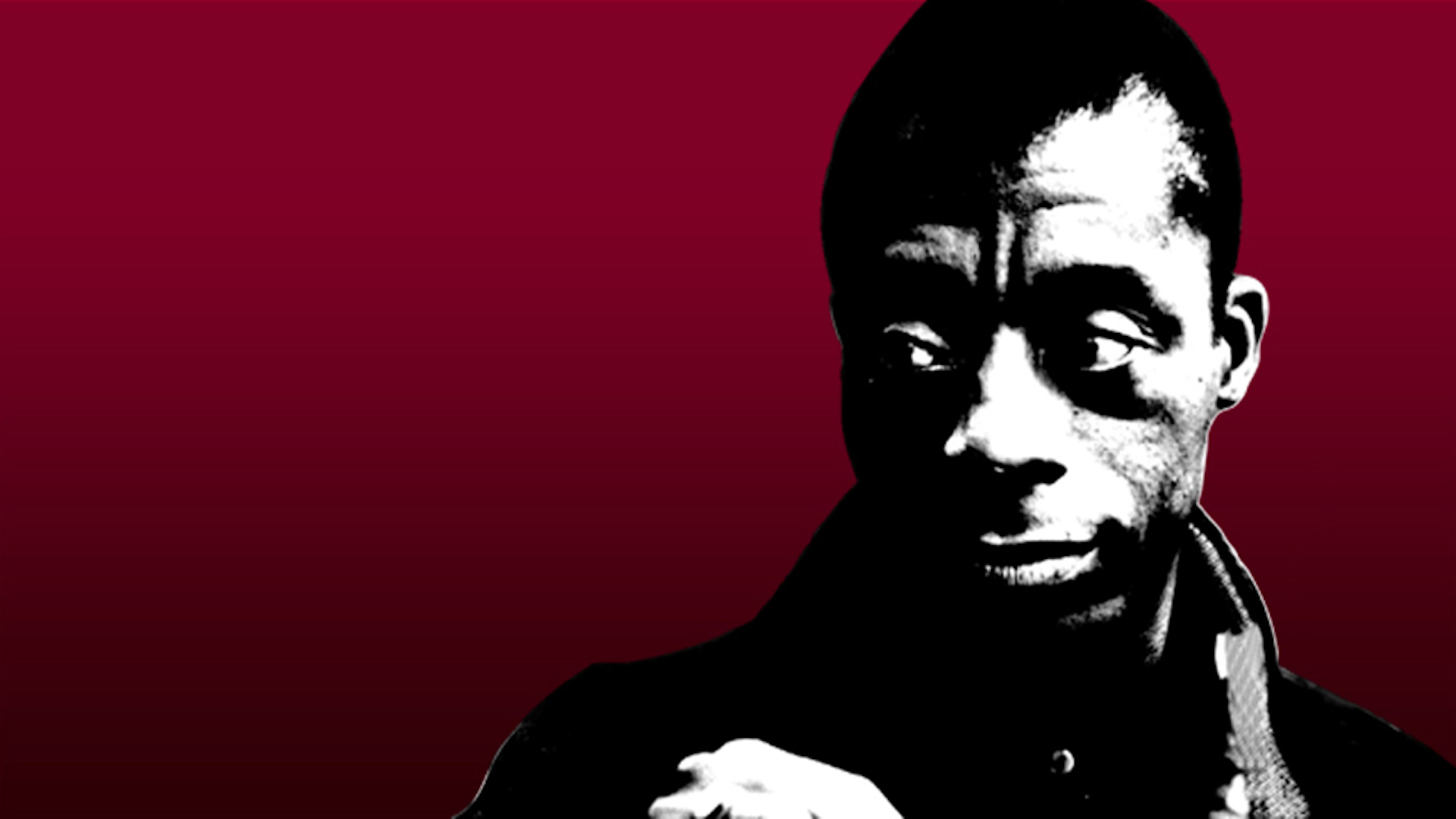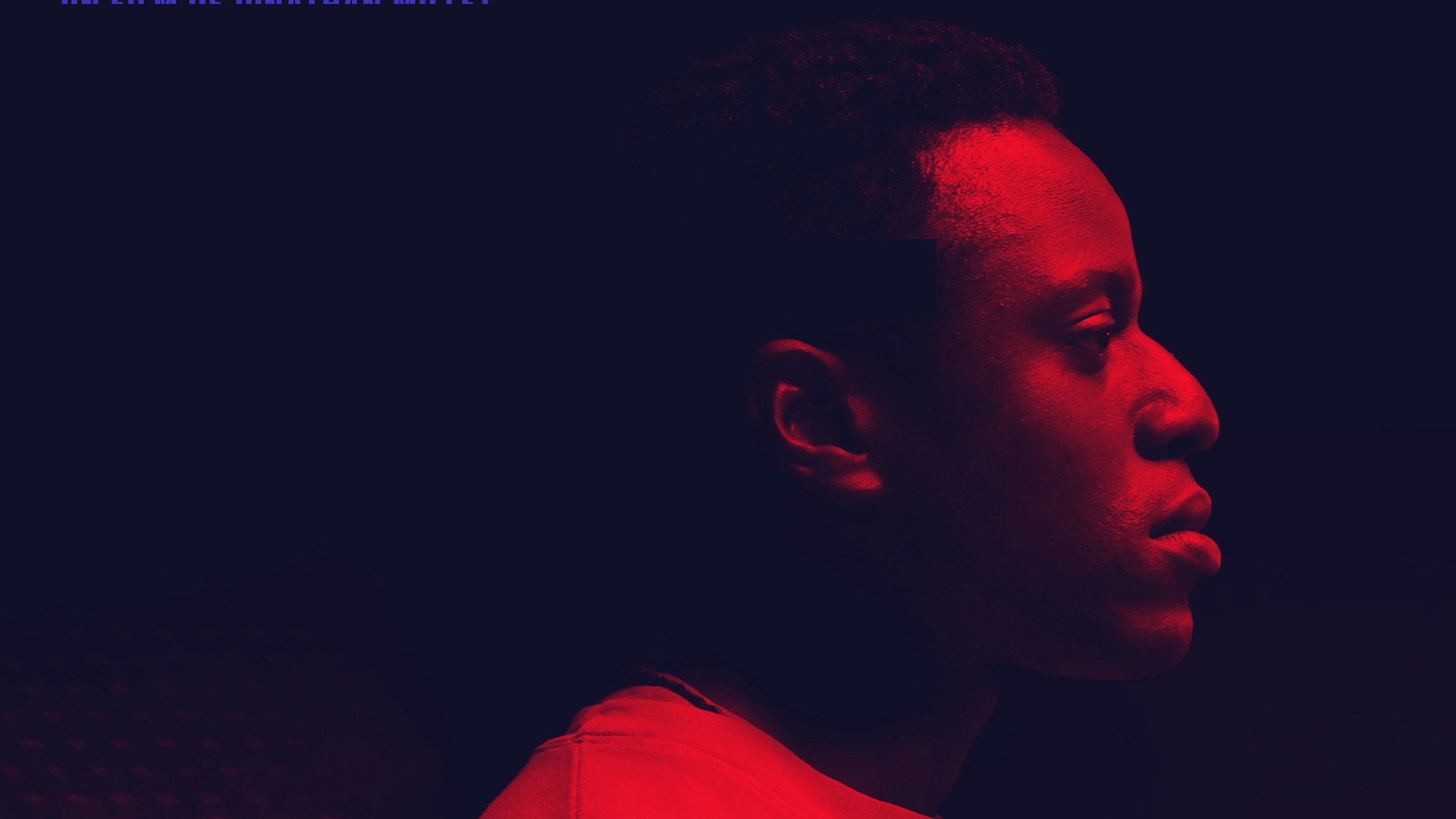
For Val Thomas-Matson, television had always been an escape. A native to Seattle’s Central District, she faced challenges in the public school system which shook her confidence in learning. “Mister Rogers’ Neighborhood” became a favorite, and later an inspiration.
“I remember seeing people who look like me making a difference and empowering children,” Thomas-Matson said, “I was really mindful of: what would that look like for me if I had that as a child?”
Over the course of 30 years, Thomas-Matson was able to make this a reality. “Look, Listen and Learn” is an early-childhood educational program based on learning and radical joy. The show is committed to demonstrating excellence within BIPOC communities. Thomas-Matson stars as Auntie Lena who, alongside her puppet pal Possum, guides viewers through landmarks of Washington while exploring creative ways to see the world.
In an age where parents are becoming more aware of the effects hyperactive shows can have on child development, “Look, Listen and Learn” harkens back to classics like “Zoobilee Zoo” and “Sesame Street” by taking a slower pace to engage with the audience. Each episode uses a children’s picture book as the basis to explore different topics. The show’s website features the research behind the methodology as well as resources for further learning.
Educating children about the world around can be a complicated task, arguably more so for parents of Black children. It can be all too easy to turn a blind eye in the interest of not discussing topics that seemingly don’t affect children.
“A lot of the conversations that white folks call hard I call necessary conversations that we all need to be having,” Thomas-Matson said.
During the summer of 2020, the show released a mini-episode titled “What Does ‘Black Lives Matter’ Mean?” which remains its most popular episode. Thomas-Matson recalls speaking to one of her friends, a white mother of two in Montana, about the ongoing protests and how to explain them to her kids. The mother responded she wasn’t going to tell them anything. Another friend, a Black mother, broke down at the same question from having to have the same conversations generation to generation.
For Thomas-Matson, disengaging from other cultures is only a disservice to education she committed to providing. “The more we know about each other’s culture, and we can represent for each other, then the stronger we are because our culture is being known and represented also,” she said.
The show asks for the participation of parents as much as it does of their children. Thomas-Matson hopes that each episode will encourage conversation between parents and children to promote more curiosity and understanding. The technique works behind the scenes of the show. While filming a cooking segment for the show, a mother told Thomas-Matson she had forgotten how much her daughter loved cooking and was excited to incorporate it into their lives more.
“And for me that’s like, bam!” Thomas-Matson said of the interaction.
The heart of the show is its care for children both as audience members and performers. The show films during summer break to avoid conflicts with school. The set creates a welcoming environment for the children to learn and participate in educating their community. One previous cast member donated her allowance to the show. Another auditioned for his school play after getting the chance to feature on the show.
For Thomas-Matson, “to know that this experience of communing with us is really helping children is really impacting these little lives” is what the show is ultimately here to do.
What started as a seed planted in childhood has grown into an ecosystem of education, community and joy passed down to the next generation. Thomas-Matson hopes her show can continue to flourish and grow beyond her in the years to come.
“Look, Listen and Learn” is Streaming for the Culture on kweliTV.




